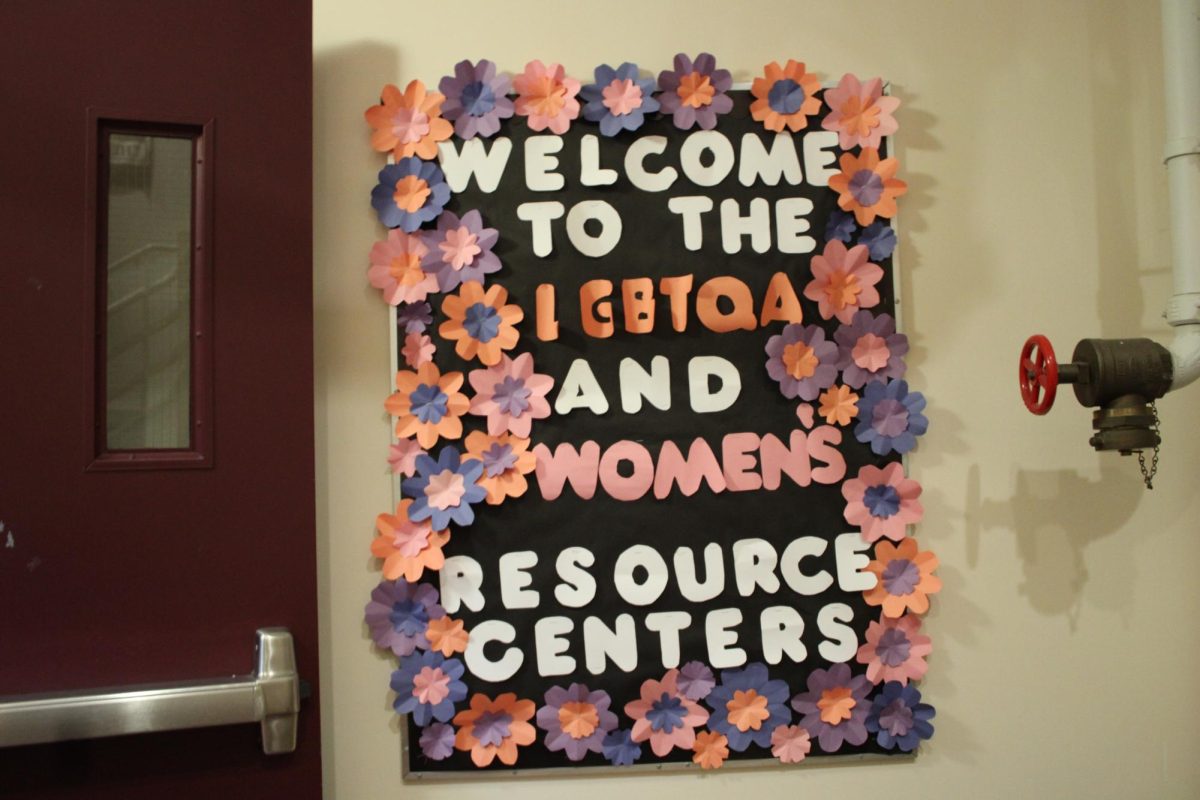‘The Odyssey’ goes feminist
April 11, 2019
Margaret Atwood’s 2005 novella, “The Penelopiad,” deserves as much, if not more, positive feedback and attention than any of her other works have received. The novella is one of the first three works published by Canongate’s Myth Series, which asks contemporary authors to reimagine and rewrite some famous ancient myths.
Given her impressive track record as a writer, it is no surprise that Atwood was asked to be one of the authors to partake in the series’ creation. “The Penelopiad” is one of Atwood’s shorter works of fiction that can be easily devoured in just one or two sittings.
“The Penelopiad” employs Postmodern techniques such as metafiction, allusion and parody to retell the story of “The Odyssey” through the eyes of Odysseus’ faithful and clever wife, Penelope, and her twelve maids.
Atwood’s witticisms add an element of dark humor to the narrative. Themes associated with “The Penelopiad” include storytelling and contemporary feminist movements, both of which are familiar to Atwood’s fans.
Stylistically, Atwood uses first-person narration for Penelope’s sections of the novella. Atwood encompasses various styles of writing, including an idyll, a ballad, a sea shanty, a lecture and a courtroom diction to express the twelve maids’ opinions regarding their unjust demise.
The plot begins with the spirit of Penelope speaking to readers from the Underworld. She starts by sharing her troublesome childhood, which involves her father’s attempt to get rid of her by having her thrown into the sea. Her future experiences with men do not get much better.
Penelope spends a great deal of time bad-mouthing her “intolerably beautiful” cousin Helen, and describes how Helen’s selfish actions negatively impacted Penelope’s life with her husband Odysseus.
Penelope describes the maltreatment she and her maids received from the suitors who invade her home in the absence of her husband. She instructs her maids to seduce the suitors to get information as to what they may be plotting. However, upon Odysseus’ return, he sees the two groups interacting and surmises that the maids are in cahoots with the suitors.
Odysseus displays patriarchal injustice by wrongfully killing the twelve maids without consulting with Penelope. Penelope comes to an unsettling conclusion. The story was depicted during a time where modern society still has yet to reach equality between men and women.
In Homer’s original epic, the maidens murdered were believed to be working with the suitors to pillage Odysseus’ home. According to Atwood, Penelope’s biggest regret was that she was unable to reach Odysseus and Telemauchus in time to tell them not to harm her loyal maidens.
Injustices against women were regular, if not expected. “Even with my limited access, I can see that the world is just as dangerous as it was in my day, except that the misery and suffering are on a much wider scale. As for human nature, it’s as tawdry as ever,” Penelope observes.
In relation to Atwood’s other works, there is one comparison between “The Penelopiad” and “The Handmaid’s Tale” that is too glaring to ignore. At the end of “The Handmaid’s Tale,” Atwood provides a scene involving a fictional Professor Pieixoto who delivers a lecture about the Gileadean regime.
During his lecture, Pieixoto jokes about the cruelties faced by Offred and the other Handmaids and finds Offred’s tape, which depicted the horrendous acts against women, of little interest. Atwood uses this fictional lecture to mock the way historical events are viewed within a patriarchal society.
Similarly, the twelve maids in “The Penelopiad” hold an anthropological lecture during which they predict the way “educated minds” will overlook their rapes and deaths by viewing the maids as mere symbols, ignoring the injustices done to them.
I highly recommend this novella to anyone who has read “The Odyssey” and longs for more feminine perspectives regarding the events that took place within that epic.






















